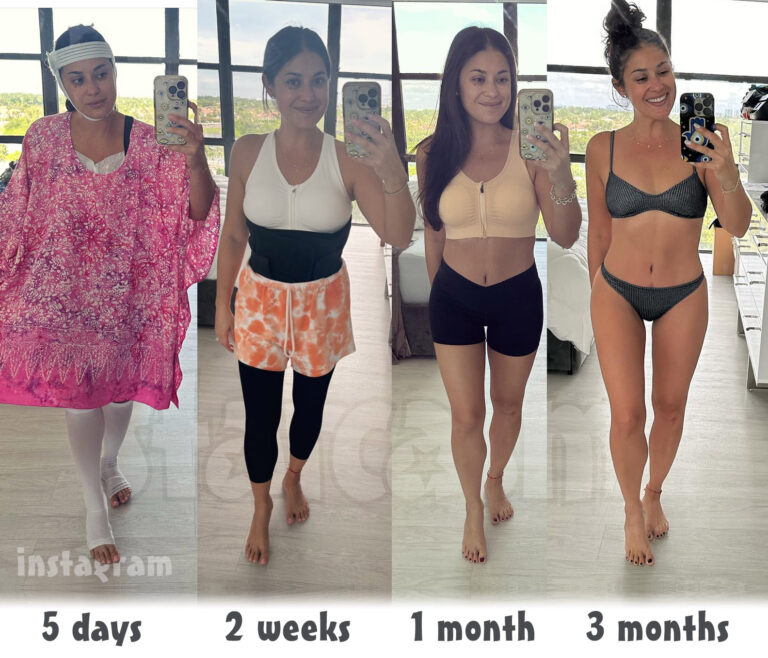Janurary Jones, Holly Madison encourage taking placenta pills postpartum
Most things that can ease the transition into new motherhood are worth considering. But, what about taking daily placenta pills? Although the suggestion may sound pretty far out there, it’s actually a common practice in Eastern medicine. Recently, it’s gained more attention in Western culture, thanks to high-profile advocates January Jones and Holly Madison.
“It’s not gross or witch-crafty. Nor am I putting it in a shake or eating it raw,” Jones told Britain’s Glamour. “It’s a very civilized thing that can help women with depression or fatigue. I was never depressed or sad or down after the baby was born, so I’d highly suggest it to any pregnant woman.”
Expectant mother Holly Madison also recently wrote about her intentions to eat her placenta.
“This might sound gross, but I’m totally planning on having my placenta turned into pills I can take after giving birth,” Madison wrote on her Celebuzz blog. “I heard it helps women recover faster and I want to recover as quickly as I can!”
Jones and Madison may be onto something: Reported benefits to mothers who consume the placenta include the ability to stop bleeding, increase milk production, stabilize mood and ward off postpartum depression. But, what does the process involve and are there any downsides?
(Warning: There’s no PG way to describe what “placentophagy” involves. If you don’t want to read about reingesting your own organs, then skip this next paragraph.)
The placenta is an in-utero organ that connects the uterine wall to the fetus and is delivered after the baby. For placentophagy, it may be eaten raw or encapsulated, which is the more common practice among modern practitioners. Most hospitals don’t offer placenta encapsulation services, but many will allow the new mother to take the placenta home with a medical release. An encapsulation specialist may then be hired to then dehydrate the organ, crush it and pack it into pills. This generally produces 250 or more pills and the total service costs somewhere between $250 and $400.
^Placenta pills from Better Birth Doula Services.
Although few will deny the ick! factor, placentophagy advocates claim the potential benefits outweigh the downsides.
“In my eyes, if something that’s entirely natural and safe might be able to prevent postpartum depression, help me sleep more soundly, bounce back more quickly, and produce more breast milk, why not give it a shot?,” wrote Caitlin Boyle for her blog Healthy Tipping Point.
Unfortunately, there aren’t any recent, comprehensive studies about the effects of placentophagy. The only real results inquiring expectant mothers can find are limited to personal testimonies. Although many placenta-consumers are eager to discuss their positive experiences, few others address potentially negative side effects.
“Shortly after my first dose of two pills, I felt jittery and weird,” wrote Nancy Reed for the New York Times. “By the next day, after just eight placenta pills, I was in tabloid-worthy meltdown mode, a frightening phase filled with tears and rage.”
Addressing this situation in a Jezebel article, professional placenta preparer Suzanne Connole said that the placenta may be too strong who women who don’t experience extreme fatigue. In Reed’s case, she simply stopped taking the pills after a few anger-filled days and her mood returned to normal… Then, the only downside was that she was out a couple hundred bucks.
Have you heard of placentophagy before? Would you ever consider it?




